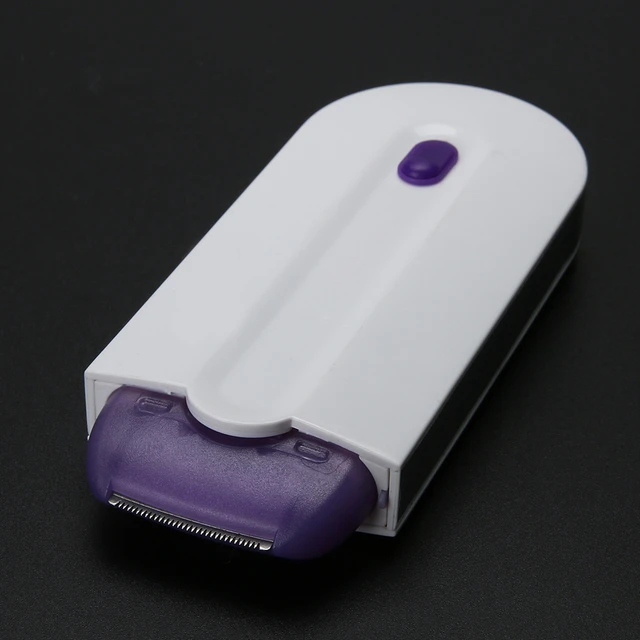
Is epilation good for facial hair?
Introduction:
Epilation is a popular method of hair removal that involves removing hair from the root using an epilator device. While it is commonly used for body hair, there may be questions regarding the suitability of epilation for facial hair removal. Facial hair can be more noticeable and often requires a gentle and precise approach. In this guide, we will explore whether epilation is a suitable option for facial hair removal. We will discuss the benefits and considerations of using an epilator on facial hair, potential risks, and alternative methods for facial hair removal. By understanding these factors, you can make an informed decision about whether epilation is right for you.

Is epilation good for facial hair?
Benefits of Epilation for Facial Hair Removal:
Epilation offers several potential benefits for facial hair removal:
a. Longer-Lasting Results: Epilation removes hair from the root, resulting in longer-lasting hair-free periods compared to methods such as shaving or depilatory creams. This can be particularly advantageous for individuals who prefer less frequent maintenance.
b. Precise Control: With an epilator, you have more control over the hair removal process compared to other methods. This allows for precise targeting of specific areas or individual hairs, making it suitable for shaping eyebrows, removing upper lip hair, or tidying up other facial hair areas.
c. Hair Regrowth: Over time, regular use of an epilator can result in finer and sparser regrowth. This can lead to hair appearing less noticeable and feeling softer compared to other methods that may cause coarser regrowth.
d. Convenience: Epilators are portable and can be used in the comfort of your own home at a time that suits you. This offers convenience and flexibility for maintaining facial hair.
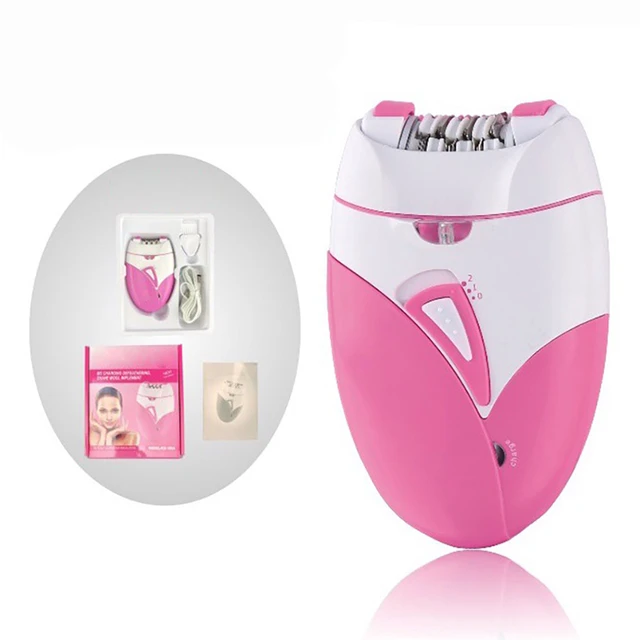
Considerations for Facial Epilation:
While epilation has its benefits, there are several considerations to keep in mind when using an epilator for facial hair removal:
a. Pain and Sensitivity: Facial skin can be more sensitive than other areas of the body, and the hair follicles on the face may be denser. This can make epilation more uncomfortable, especially for individuals who have not used an epilator before or have low pain tolerance. It is important to be aware of your personal pain threshold and adjust the speed or sensitivity settings accordingly.
b. Redness and Irritation: Epilation can cause temporary redness and skin irritation, particularly on the face. This is a normal reaction and usually subsides within a few hours. However, individuals with sensitive skin or conditions such as rosacea or eczema may experience heightened redness or irritation. It is advisable to test the epilator on a small area of the face first to assess your skin’s response before proceeding with full facial epilation.
c. Ingrown Hairs: Epilation can occasionally lead to ingrown hairs, particularly in areas with curly or coarse hair. Ingrown hairs occur when the hair grows back into the skin instead of outward. Proper exfoliation and skincare routines can help minimize the occurrence of ingrown hairs.
d. Time and Patience: Epilating facial hair can be a time-consuming process due to the smaller and more intricate nature of the facial area. It requires patience and attention to detail to ensure effective hair removal. If you have a busy schedule or prefer a quicker method, you may need to consider alternative options.
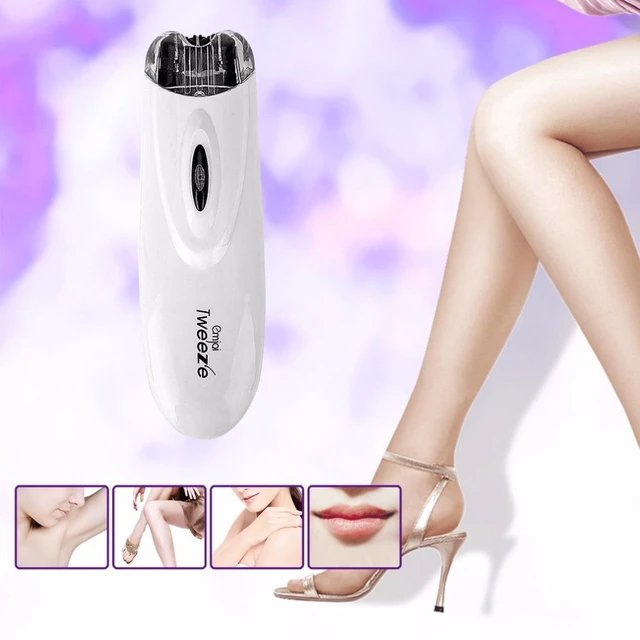
Risks and Precautions:
When considering epilation for facial hair removal, it is important to be aware of potential risks and take necessary precautions:
a. Avoid Sensitive Areas: Exercise caution around sensitive areas such as the eyes, eyelids, or areas with broken or irritated skin. Epilation in these areas can cause discomfort and potential injury.
b. Clean and Sanitize the Epilator: Regularly clean and sanitize the epilator, especially if it is being used on multiple areas of the body. Proper hygiene helps prevent the spread of bacteria and reduces the risk of infections.
c. Do Not Share Epilators: Sharing epilators is not recommended due to hygiene reasons. Each person should have their own personal epilator to minimize the risk of cross-contamination.
d. Follow the Manufacturer’s Instructions: To ensure safe and effective use, carefully read and follow the manufacturer’s instructions provided with your epilator. This includes advice on usage, cleaning, and maintenance.
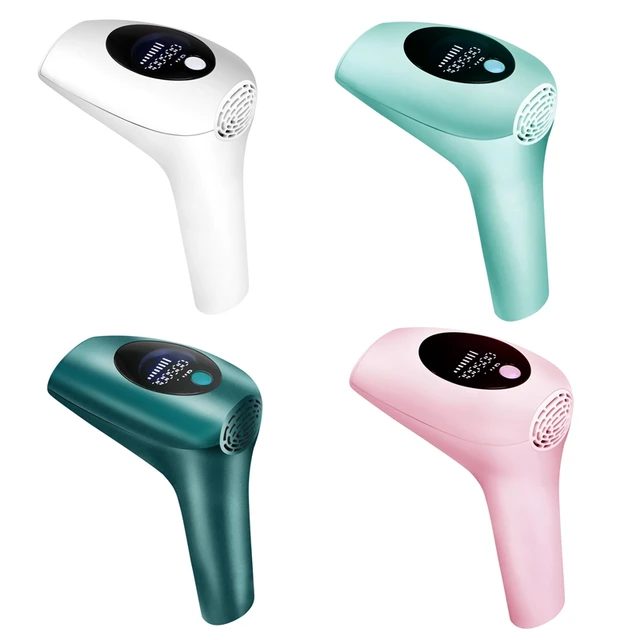
Alternative Methods for Facial Hair Removal:
If epilation is not suitable for your facial hair removal needs, there are alternative methods to consider:
a. Tweezing: Tweezing involves using a pair of tweezers to pluck individual hairs from the root. This method is precise and can be suitable for shaping eyebrows or removing stray hairs. However, it can be time-consuming and may cause discomfort for larger areas.
b. Waxing: Waxing is a popular method of facial hair removal that involves applying wax to the skin and removing it along with the hair. While it provides longer-lasting results, it can be more painful and may cause temporary redness or irritation.
c. Threading: Threading is a technique that uses a twisted cotton thread to trap and remove hairs. It is commonly used for shaping eyebrows and can be performed by a professional or self-administered with practice. Threading is precise and generally well-tolerated, but it may cause mild redness or irritation.
d. Depilatory Creams: Depilatory creams contain chemicals that dissolve the hair shaft, allowing easy removal from the skin’s surface. They are quick and convenient but may not be suitable for individuals with sensitive skin and can cause irritation or allergic reactions.
e. Professional Treatments: If facial hair is a persistent concern, professional treatments such as laser hair removal or electrolysis may be considered. These methods offer long-term reduction or removal of facial hair but require multiple sessions and can be more expensive compared to other methods.

Conclusion:
Epilation can be a suitable method for facial hair removal, offering longer-lasting results, precise control, and convenience. However, it is important to consider the potential pain, sensitivity, and temporary redness or irritation associated with facial epilation. Each individual’s experience may vary, so it is advisable to conduct a patch test and assess your skin’s tolerance before proceeding with full facial epilation. If epilation is not suitable, alternative methods such as tweezing, waxing, threading, depilatory creams, or professional treatments may be more appropriate. By understanding the benefits, considerations, and alternative options, you can make an informed decision about the most suitable method for your facial hair removal needs.




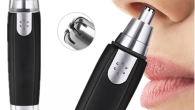

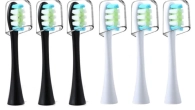
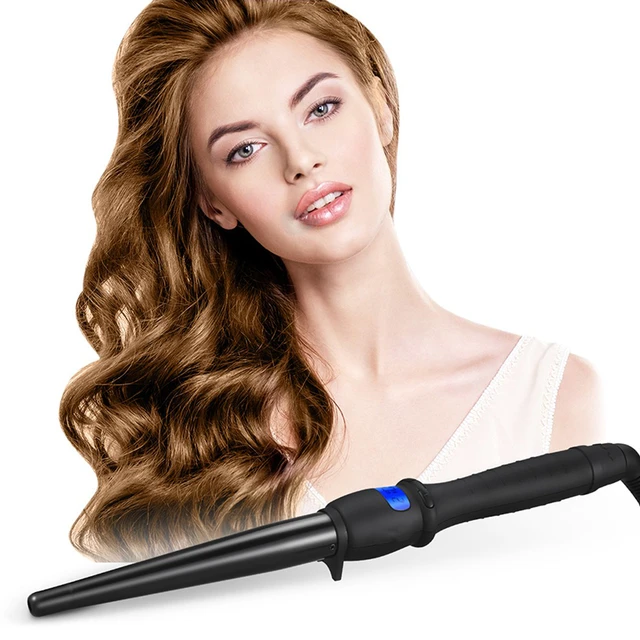
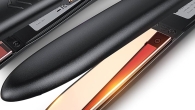

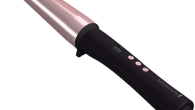
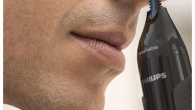
Leave a Reply
You must be logged in to post a comment.